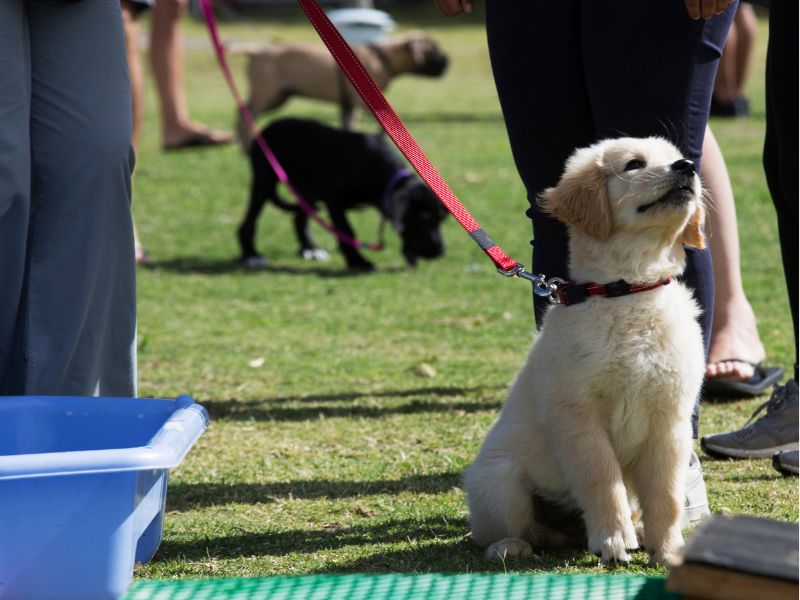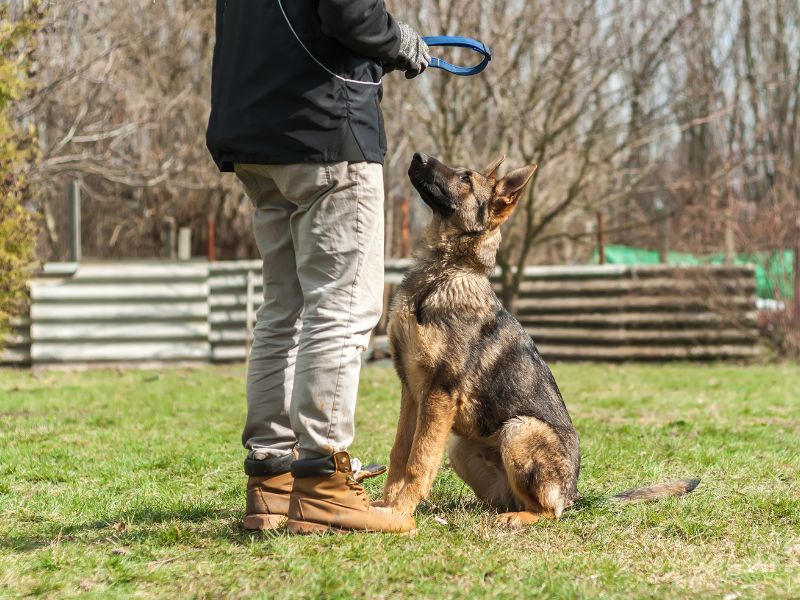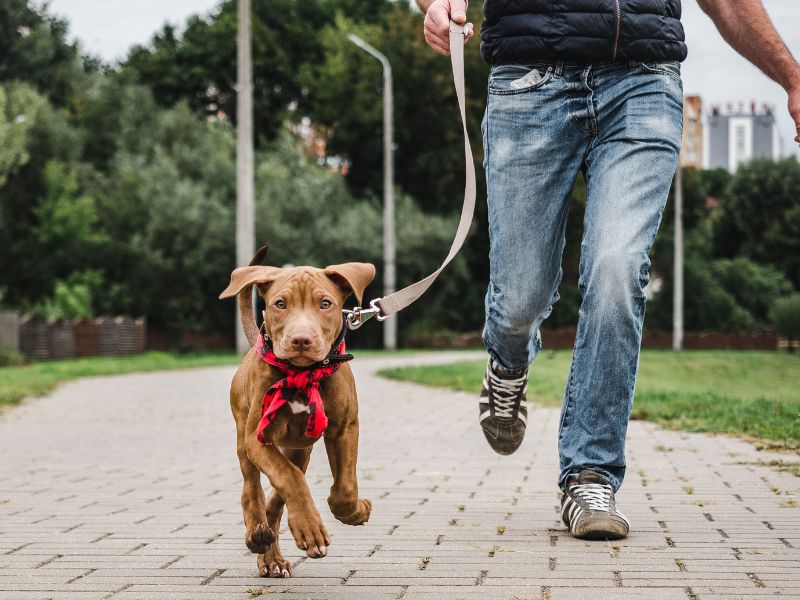Are you a new dog owner wondering how much time you should devote to training your furry friend? Or perhaps you’ve had your dog for a while and are looking to up your training game, but don’t want to stress your dog. Whatever the case may be, the question of how many hours a day to train your dog is a common one among pet owners. While there is no one-size-fits-all answer, there are some general guidelines that can help you determine the right amount of training time for your pup. In this article, we’ll explore the factors that come into play when deciding on how many hours a day to train your dog, so you can help your furry companion become the best-behaved dog on the block.
The Importance of Dog Training
Dog training is important for several reasons. First and foremost, it helps establish a bond between you and your furry companion. Training also helps your dog learn how to behave appropriately in various situations and environments. A well-trained dog is also less likely to engage in destructive behaviors or become aggressive towards other animals or people. Additionally, training can help keep your dog safe by teaching them to respond to commands and avoid dangerous situations.
Factors to Consider When Deciding How Much to Train Your Dog
When deciding how much to train your dog, there are several factors to consider. The age and breed of your dog, as well as their personality and temperament, can all play a role in determining the appropriate amount of training time. Training goals and the level of experience of the owner can also impact the amount of time needed for training.

Recommended Training Time for Puppies
Puppies require more training time than adult dogs. This is because they are still learning basic commands and developing their behaviors. For puppies, it is recommended to train for 15-20 minutes, 3-4 times a day. This can include basic obedience training such as sit, stay, come, and heel, as well as socialization exercises that expose your puppy to different people, animals, and environments.
Recommended Training Time for Adult Dogs
Adult dogs generally require less training time than puppies. However, it is still important to continue training throughout their lives to reinforce good behaviors and correct any bad habits. For adult dogs, 10-15 minutes of training, 2-3 times per day is recommended. This training can include advanced obedience commands, agility training, and tricks.
Training Schedule for Working Dogs
Working dogs such as service dogs, police dogs, and hunting dogs require more training time than the average pet dog. These dogs are trained for specific tasks and require consistent and intensive training to perform their duties effectively. For working dogs, 30-60 minutes of training, 2-3 times per day is recommended. This training should be tailored to their specific job duties and should focus on reinforcing good behaviors and correcting any mistakes.
Signs That Your Dog Needs More or Less Training
It’s important to pay attention to your dog’s behavior to determine if they need more or less training. Signs that your dog may need more training include disobedience, destructive behaviors, and aggression towards other animals or people. If your dog is exhibiting these behaviors, it may be necessary to increase training time and focus on reinforcing good behaviors.
On the other hand, if your dog is exhibiting signs of stress or fatigue during training, it may be necessary to decrease training time. Signs of stress can include panting, shaking, whining, and avoiding eye contact. If you notice these signs during training, take a break and reassess your training plan.

See Also: What is the Easiest Dog to Own?
And: What is the Most Destructive Dog Breed?
Tips on How to Maximize Your Training Time with Your Dog
To maximize your training time with your dog, it’s important to have a plan and set goals. Determine what behaviors you want to reinforce and what commands you want to teach. Make sure to use positive reinforcement techniques such as treats and praise to encourage good behavior. Consistency is key, so make sure to train at the same time and in the same location every day.
It’s also important to keep training sessions short and focused. Avoid overloading your dog with too much information at once. Break training into smaller, more manageable sessions and focus on one command or behavior at a time. This will help keep your dog engaged and prevent them from becoming overwhelmed.
Common Mistakes to Avoid When Training Your Dog
When training your dog, there are several common mistakes to avoid. One of the biggest mistakes is using punishment-based training techniques such as hitting or yelling. These techniques can be harmful to your dog and can lead to aggressive behaviors.
It’s also important to avoid training your dog when they are tired or distracted. Make sure your dog is well-rested and focused before beginning a training session. Additionally, avoid overfeeding your dog during training, as this can lead to decreased motivation and attention.
The Benefits of Hiring a Professional Dog Trainer
While it is possible to train your dog on your own, hiring a professional dog trainer can offer several benefits. A professional trainer can provide personalized training plans tailored to your dog’s specific needs and can offer guidance and support throughout the training process. They can also help correct any bad habits or behaviors and provide socialization opportunities for your dog.
Conclusion
Training your dog is an important part of being a responsible pet owner. While there is no one-size-fits-all answer to how many hours a day to train your dog, there are general guidelines that can help you determine the appropriate amount of training time for your pup. By considering factors such as age, breed, and personality, and following the recommended training times, you can help your furry friend become the best-behaved dog on the block. Remember to be patient, consistent, and use positive reinforcement techniques to make training a fun and rewarding experience for both you and your dog.

